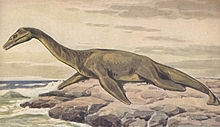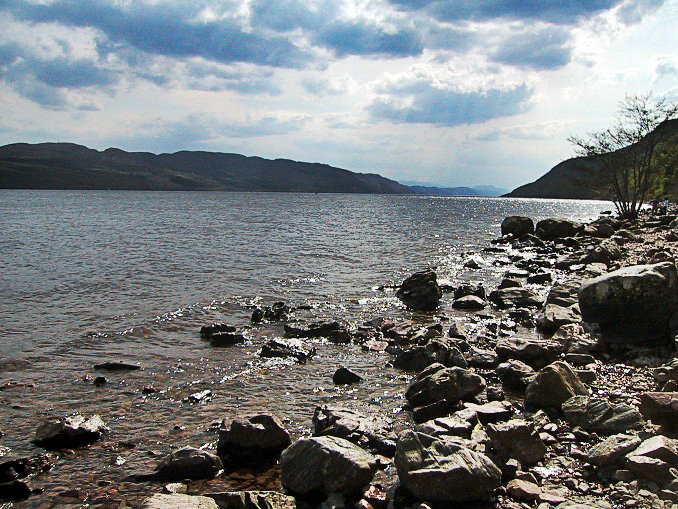'Nessie' ignores lure of wedding invite to continue to socially isolate

If you want a tip on how to effectively socially isolate during this Covid-19 pandemic follow the example of the Loch Ness Monster (Nessie). She has been doing it for centuries. Even though there are plenty of people who would like to meet her, she keeps her distance. A new survey by a holiday website has revealed that Loch Ness is one of the top ten small wedding destinations in Scotland. The survey took into account location appearances, safety/social distancing regulations, local marriage laws and Covid-19 infection rates when looking into popular destinations for those who are keen to get married this year. Couples also said that they hoped that Nessie might make an appearance at their wedding, so she has an open invitation. It seems this is not likely to happen given her noted bashful nature.
Loch Ness is famous for being home to the shy and mysterious large aquatic animal known as the Loch Ness Monster affectionately known by the nickname Nessie. Over many years people have claimed to have seen Nessie in the Loch and their descriptions have led to speculation that, if it exists, it could be related to the plesiosaurs. Plesiosaurs first appeared about 205 million years ago but have been extinct for some 66 million years. The first recorded sighting of Nessie dates back to a passage in the seventh century "The Life of St Columba" written by Adomnán of Iona. He was Abbot of Iona between 679–704 AD.
Iona (Scottish Gaelic: Ì Chaluim Chille) is an island in the Inner Hebrides (Scottish Gaelic: Na h-Eileanan a-staigh) off the west coast of the Scottish mainland. It is the site of a monastery founded by the Irish monk Columba in 563 AD. Saint Columba is credited with spreading Christianity in Scotland. In Adomnán’s account of St Columba’s life which was written some 100 after his death, Columba came across a group of people burying a man by the River Ness during his journey through the lands of the Picts. Columba was told that the man had been attacked by a “water beast” which had dragged him under the water. In this story Columba sent his follower Luigne moccu Min to swim across the river. When the beast came after him, Columba made the sign of the cross and ordered the beast to leave and the poor old monster fled. There have only been fleeting glimpses of Nessie since that time.
Images: Painting of a plesiosaur on land, by Heinrich Harder and photograph of Loch Ness






